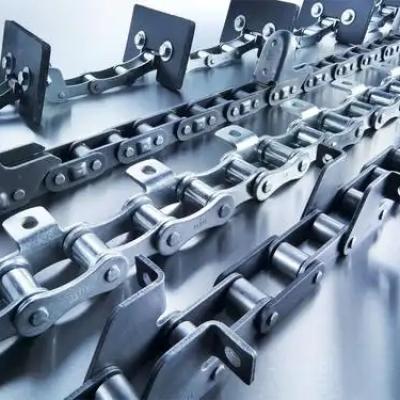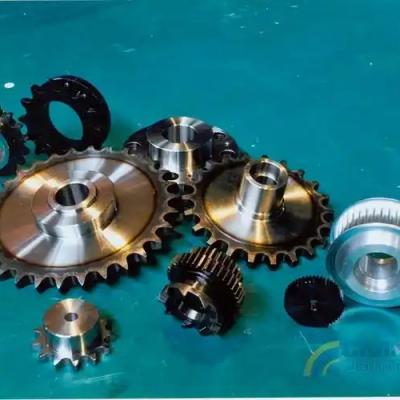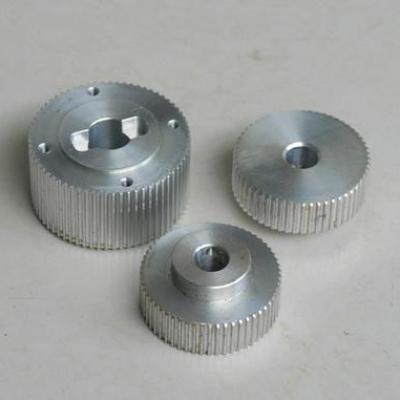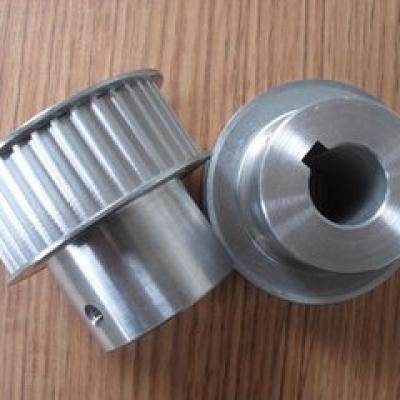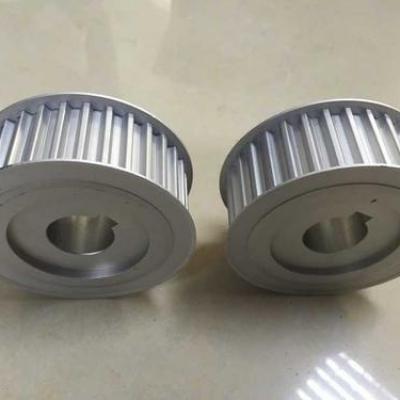Chain coupling principle
Chain coupling principle1. Overview
A chain coupling is a mechanical device that uses a chain as a transmission element to connect two shafts. It has good elasticity, buffering and shock-absorbing properties, and is suitable for transmission systems that require larger turning angles or axial displacements. This article will introduce in detail the working principle of chain coupling and its main characteristics.
2. Working principle
Basic structure:
A chain coupling mainly consists of two half couplings (installed on two shafts respectively) and one or more chains.
The coupling half usually has sprocket teeth on it to engage the chain.
Transmission process:
When the driving shaft rotates, the half coupling on it drives the sprocket teeth to rotate.
The chain transmits power to the half coupling on the driven shaft through the meshing action of the sprocket teeth.
The driven shaft rotates accordingly to realize the transmission of power.
Flexibility and cushioning:
Because the chain has a certain degree of flexibility and elasticity, the chain coupling can absorb a certain amount of vibration and impact.
This characteristic makes the chain coupling have better stability and reliability during the transmission process.
Axial displacement and angle compensation:
The chain coupling allows a certain axial displacement and angle error between the two shafts.
By adjusting the chain tension and length, compensation for axial displacement and rotation angle can be achieved.
3. Main features
Good adaptability:
Chain couplings can adapt to large axial displacement and angle errors, and are suitable for various complex transmission environments.
High reliability:
Due to the high strength and wear resistance of the chain, the chain coupling shows high reliability and durability during use.
Easy to maintain:
The chain coupling has a simple structure and is easy to disassemble, making it easy for daily maintenance and replacement.
Broad range of applications:
Chain couplings are widely used in heavy machinery equipment such as metallurgy, mining, hoisting and transportation, and are also commonly used in the power transmission systems of vehicles, ships and other vehicles.
4. Precautions
Choose the right model and specification:
According to the actual transmission needs, select the appropriate chain coupling model and specification to ensure the stability and efficiency of the transmission.
Regular inspection and maintenance:
Regularly inspect and maintain chain couplings to discover and deal with potential problems in a timely manner and extend their service life.
Pay attention to lubrication and cleaning:
Keep chain couplings clean and lubricated to reduce wear and friction and improve transmission efficiency.
Avoid overloading using:
During use, the chain coupling should be prevented from bearing excessive loads and impact forces to avoid damage to the equipment.
To sum up, the chain coupling plays an important role in the transmission system with its unique structure and excellent performance. By understanding its working principle and characteristics, we can better apply and maintain this mechanical device to ensure the stable and reliable operation of the transmission system.
star_border
